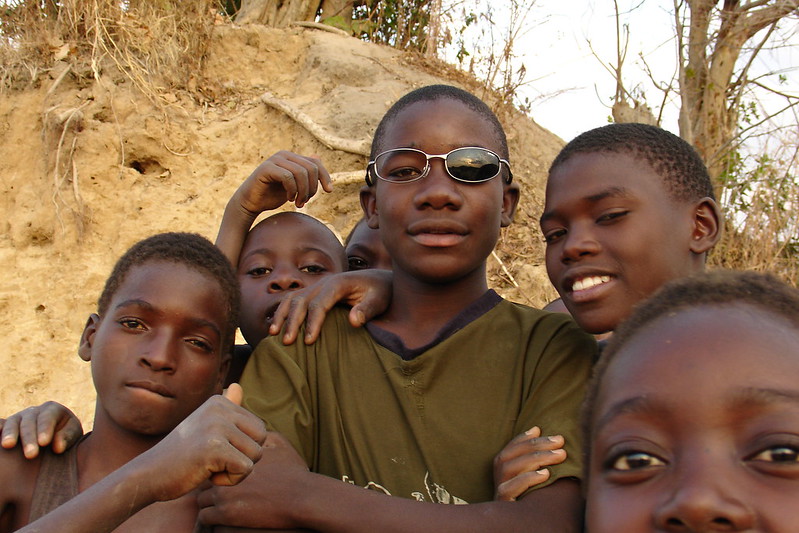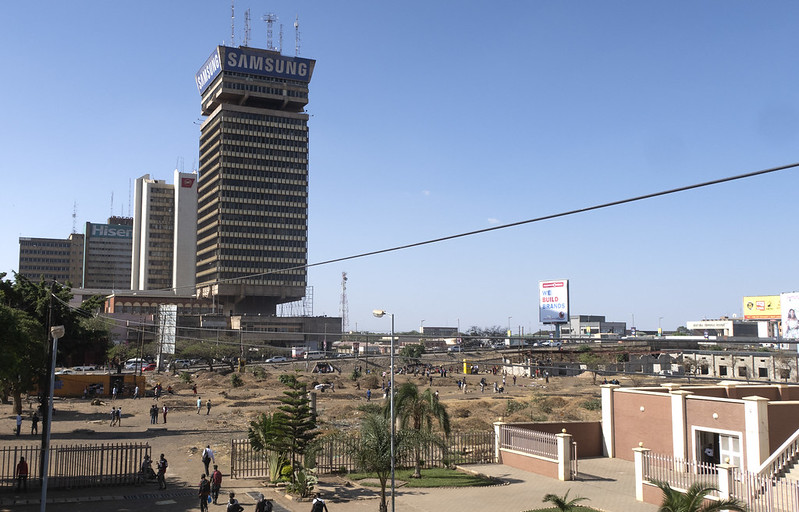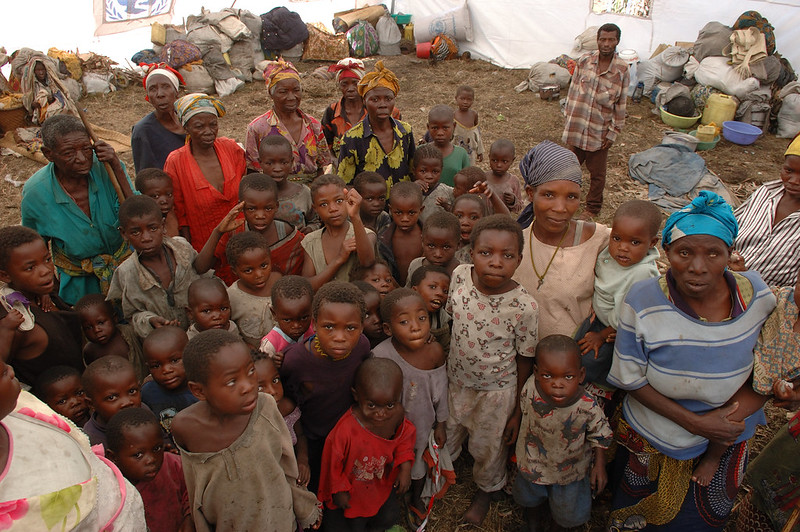 U-Report, a global counseling program initiated by UNICEF, encourages citizens to voice concerns or seek information on issues impacting their nations. Launched in Uganda in 2011, the program has expanded to 23 countries and engages more than 2 million active users. Use is primarily through the preferred mobile SMS method in each country.
U-Report, a global counseling program initiated by UNICEF, encourages citizens to voice concerns or seek information on issues impacting their nations. Launched in Uganda in 2011, the program has expanded to 23 countries and engages more than 2 million active users. Use is primarily through the preferred mobile SMS method in each country.
The Launch of U-Report in Zambia
In 2012, Zambia launched its U-Report program, inspired by Uganda’s platform, to target HIV and enhance sexual and reproductive health. Expanding beyond its initial focus, Zambia’s U-Report now also addresses gaps in knowledge that contribute to stigma and low service utilization. The platform identifies areas needing improvement in sexual and reproductive health, mental health, education and nutrition.
In 2024, U-Report in Zambia boasts nearly 244,000 users, largely due to the program’s adaptability to its user base. Notably, 43% of participants are between the ages of 25 and 30. This prompted the program to tailor its language and tone to resonate with young adults. Such adjustments enhance user comfort, encouraging them to openly share their experiences, opinions and needs with trained counselors. These counselors, in turn, relay this critical feedback to authorities, driving improvements in current systems to maximize effectiveness.
4 Main Components of U-Report
- Advice Line. The advice line is one of the core components of the platform. It provides confidential text exchanges with trained counselors who offer free, individualized information and advice on issues raised by U-Report users.
- Polling. Polls are conducted on the U-Report platform to gather feedback and opinions from Zambian youth on various social issues. The information from these polls highlights knowledge gaps and illuminates necessary new services and systems.
- Campaigns. U-Report campaigns send targeted messages to specific audiences based on age, sex and location. These messages promote risk reduction behaviors.
- Reporting. Reporting via U-Report enables users to report deficiencies in health services, such as a lack of essential medicines and equipment, prompting follow-up actions from health authorities.
HIV and AIDS Prevention
U-Report Zambia launched to combat the AIDS crisis by addressing the lack of HIV prevention information and the underuse of prevention services like protected sex and HIV preventive care. It now serves as an up-to-date knowledge bank on HIV and sexual reproductive health information. Additionally, the rise in mobile device usage has boosted user engagement. Within a short period, U-Report facilitated an additional HIV test for every five young individuals who had not been tested before 2016.
Mental Health Awareness Campaign
U-Report Zambia has made significant strides in spreading mental health awareness. In 2022, it launched a Mental Health Awareness Campaign titled “Let’s ‘Work It Out.” The campaign aims to destigmatize mental illness and support those seeking help. With only 15% of at-risk populations in Zambia receiving adequate mental health care, the campaign plays a crucial role in enhancing access to mental health knowledge. User feedback has also highlighted gaps in mental health services. U-Reporter Regina Twitty Chanda praised the platform, stating, “Zambia U-Report is creating a great platform for people who have gone through or are struggling with mental health.” Chanda emphasized the importance of accepting one’s condition and seeking treatment, underscoring that it is possible to lead a normal life thereafter.
Looking Ahead
U-Report Zambia continues to evolve, adapting its approach to better serve its growing user base of nearly 244,000 individuals. By tailoring its language and tone to resonate with young adults, the platform fosters an environment where users feel comfortable sharing their experiences and needs. The feedback gathered is crucial for informing authorities and driving system improvements. As U-Report expands its focus to include mental health, education and nutrition, it remains a vital tool in addressing and mitigating health challenges in Zambia.
– Lauren Thompson
Lauren is based in San Francisco, CA, USA and focuses on Good News and Global Health for The Borgen Project.
Photo: Flickr
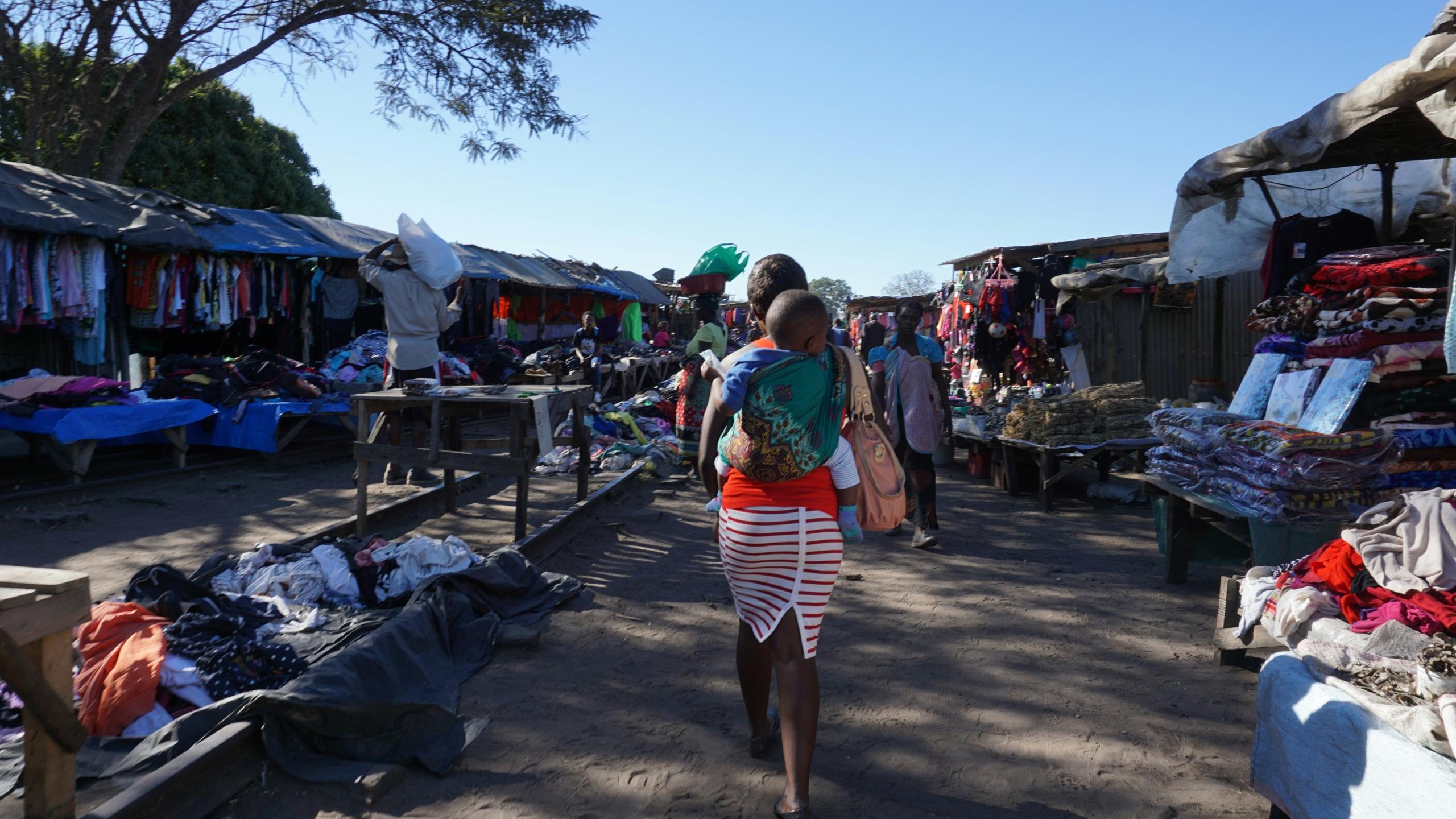 The variation in pay between men and women, also known as the gender wage gap, is a prominent focus of the fight against poverty. According to the
The variation in pay between men and women, also known as the gender wage gap, is a prominent focus of the fight against poverty. According to the 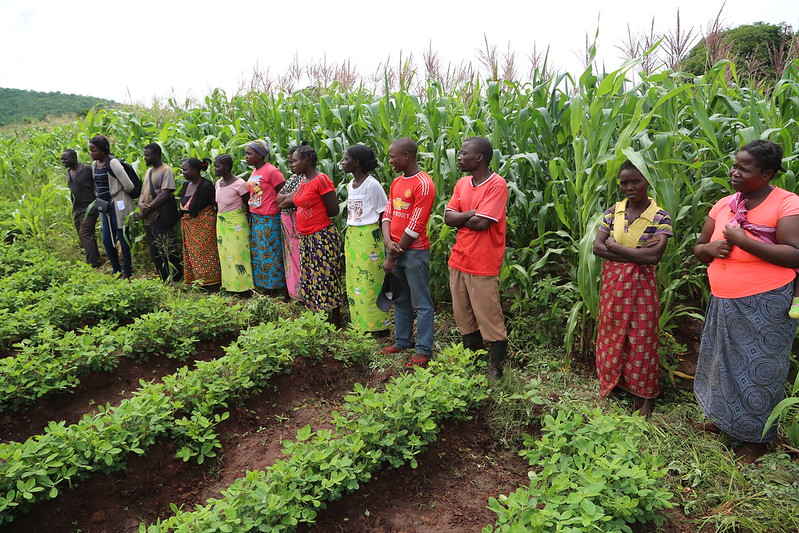
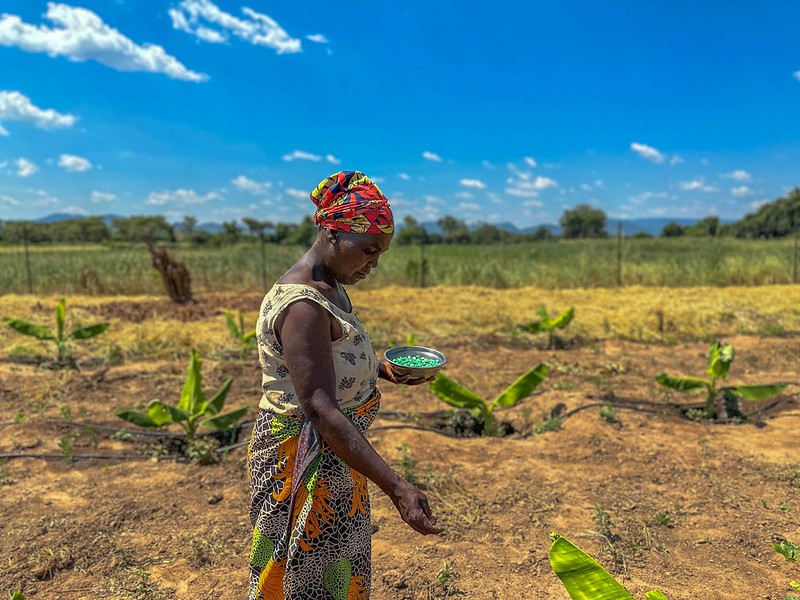
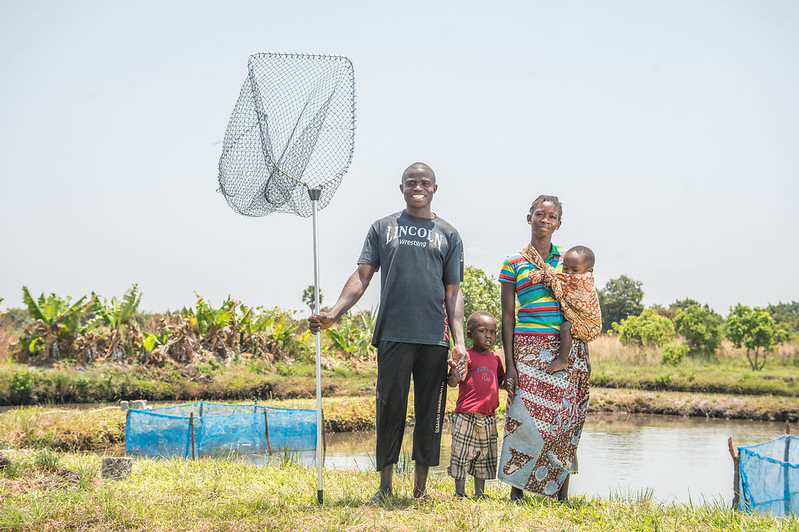
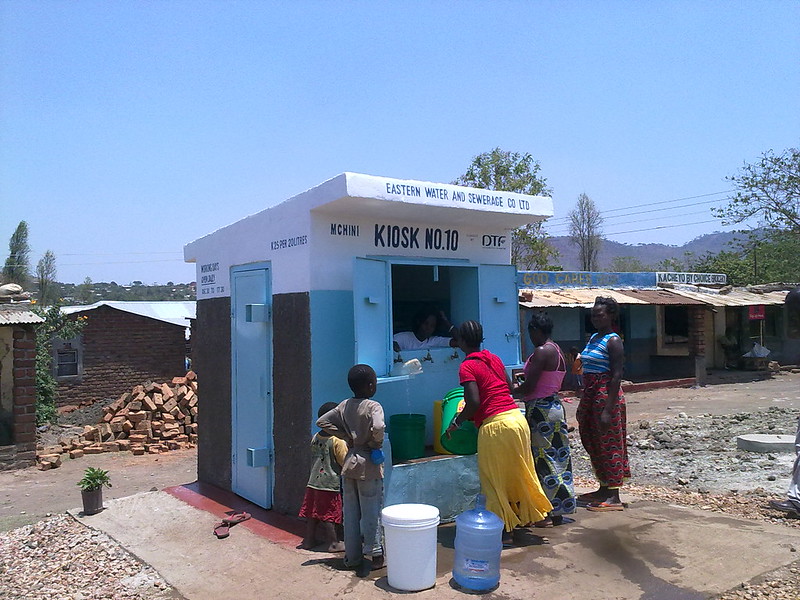
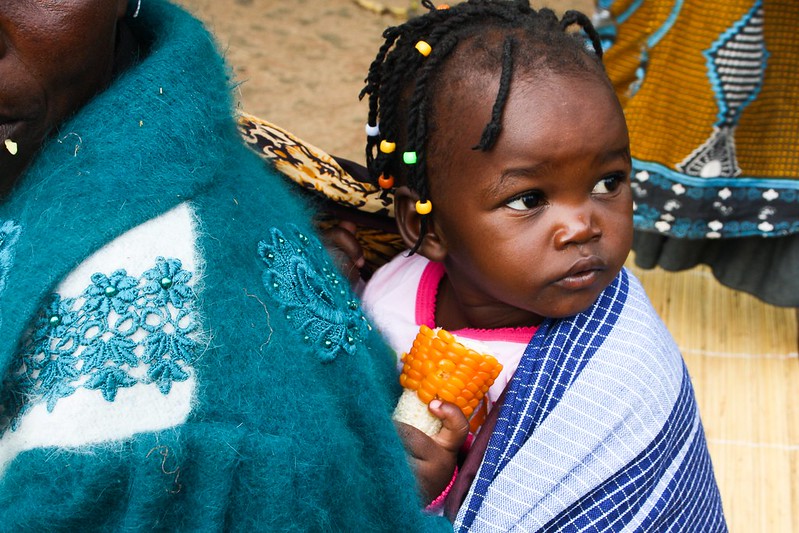
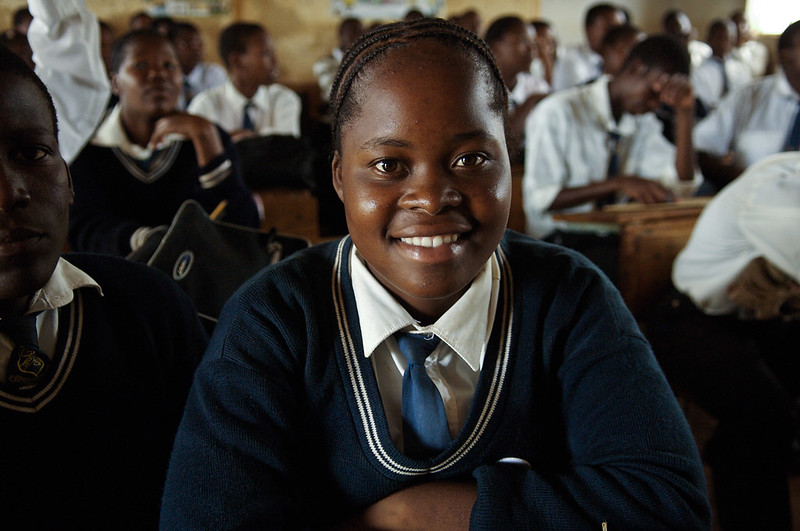 A recent United Nations International Children’s Emergency Fund (UNICEF) report highlights Zambia’s significant strides in expanding its education system. However, in the same report, the organization outlines that improvements to education quality have not kept pace in the same way. The country faces a teacher shortage, exacerbated by unequal teacher distribution. Improving teaching deployment in Zambia therefore seems to be of the utmost priority in ensuring an improvement in
A recent United Nations International Children’s Emergency Fund (UNICEF) report highlights Zambia’s significant strides in expanding its education system. However, in the same report, the organization outlines that improvements to education quality have not kept pace in the same way. The country faces a teacher shortage, exacerbated by unequal teacher distribution. Improving teaching deployment in Zambia therefore seems to be of the utmost priority in ensuring an improvement in 